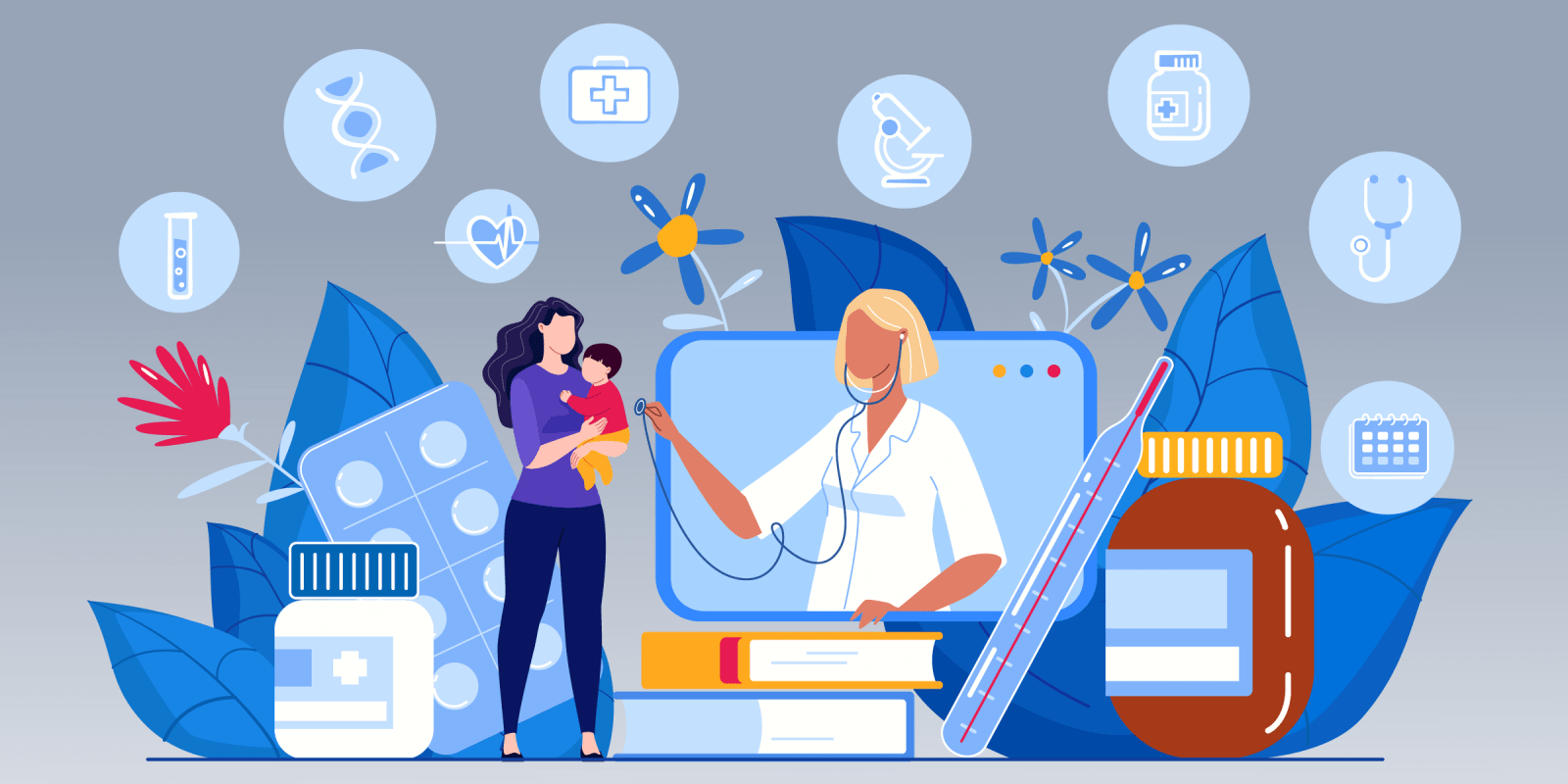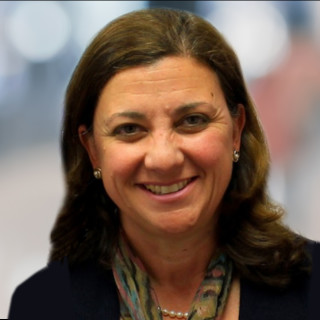There is no doubt that 2020 will be a watershed year in the history of medicine. The rapid adoption of digital health care in the wake of a global pandemic is fundamentally changing, perhaps indefinitely, the way we practice. While it may not rank alongside the first use of general anesthesia in 1846 or Sir Fleming’s discovery of penicillin in 1928, the discovery of telemedicine by brick-and-mortar doctors is a pivotal milestone in U.S. health care.
Prior to COVID-19, our health system was limping along, chronically underfunded and overpriced, without a clear way forward. Elected national leaders could do no more than modify existing policies with new regulations and guidelines, saving money by lowering payments to physicians while increasing patient copays. Though this may seem like a perfect business plan for insurers and employers, it is economically unsustainable for everyone else, and one of the reasons why physician burnout is at an all-time high and patient satisfaction is so low.
As soon as the pandemic started, the steady stream of office visits, elective surgeries, and testing came to a halt, as health systems mobilized resources to care for the influx of ICU patients. To keep patients connected to their medical care, CMS and other insurers finally agreed to pay doctors for a telemedicine visit — and voila! — ordinary brick-and-mortar doctors could now offer a virtual office visit and get paid for it.
Direct-to-consumer telemedicine used to be dedicated to the realm of wellness, only offered through employers as an added insurance benefit for uncomplicated events. But now, telemedicine is in the hands of the end user — independent doctors and specialists who have the responsibility to care for their patient well beyond a single video chat. This is where physicians have an opportunity not only to determine the path of an emerging technology, but to reclaim the primacy of the doctor-patient relationship.
When patients use telemedicine, they see their doctor in the privacy of their own home. There is no parking lot to navigate, waiting room to find a seat in, or potentially unfriendly office staff to contend with. It is a face-to-face meeting between doctor and patient, and unlike other examination rooms, we can’t just leave the room easily while the patient is still talking. It can be a very intimate encounter and does not require a cast of thousands. In short, patients find telemedicine very user-friendly.
For doctors, the advantages of a virtual office are just being imagined. The convenience of having a quick follow-up appointment for test results, a new prescription, or even a postoperative check is irresistible, especially if it translates into a lower overhead and more free time. Doctors are programmed early in our careers to obey the rules, not cut corners, and to manage expectations with regard to personal life. Answering a beeper, or now a text message, often takes precedence over nearly everyone and everything in our personal lives. But imagine if a doctor could work from home. What if we could effectively see patients without the need for an entire office staff? What if doctors could remotely monitor patients who have a chronic disease while reserving waiting rooms only for new patients or those who really need to be seen in person? The possibilities to streamline care and improve efficiency are endless, and we are just starting this journey.
But the impact of telemedicine goes well beyond the doctor-patient encounter. We have stood by quietly for years watching our colleagues drop out of medicine, ranging from those with years of training and experience who could no longer afford the burden of running a practice to newly minted specialists who see a better path as an entrepreneur or CMO. However, the convenience of telemedicine, coupled with the obvious economic possibilities, will allow doctors to remain in practice. It is the best way to combat the growing shortage of physicians: It will keep in active practice both older doctors, who can decipher the most complex symptoms, and younger doctors, who are torn between family and professional responsibilities. Women physicians, who are dropping out of medicine at an especially alarming rate, might find a better work-life balance.
The introduction of new technologies into the delivery of health care has not been easy. Electronic records were thrust upon us without much input from practicing physicians. Despite being capable of learning highly technical surgical skills or prescribing complex immunotherapies, we were labelled as not proficient or “late adopters,” if we were unable to complete a discharge order or reset a password. No one trusted the doctors to know what was best anymore. But this time is different. We can take the lead because it’s just between us and the patient. This is our chance to reclaim health care.
We should take advantage of this moment, when most of us have a bit more time to think about who we are as doctors and where we are headed. We can reinvent the way we see patients and streamline care along the way. We can lower the price of health care by eliminating the wasteful steps that cost both patients and doctors valuable time and money. Telemedicine will and should be a part of every doctor’s practice going forward so the next generation of doctors can once again appreciate the value of helping a single patient.
Do you believe telehealth will enable physicians to reclaim health care?
UBERDOC Founder and CEO Paula M. Muto, MD, FACS, is a practicing vascular and general surgeon in solo practice and the owner of the Vein Center at Mutosurgical. She is a member of a family of physicians and surgeons who have collectively practiced medicine in Massachusetts for over 50 years. She is an outspoken advocate for patient care and is passionate about women’s health issues.







